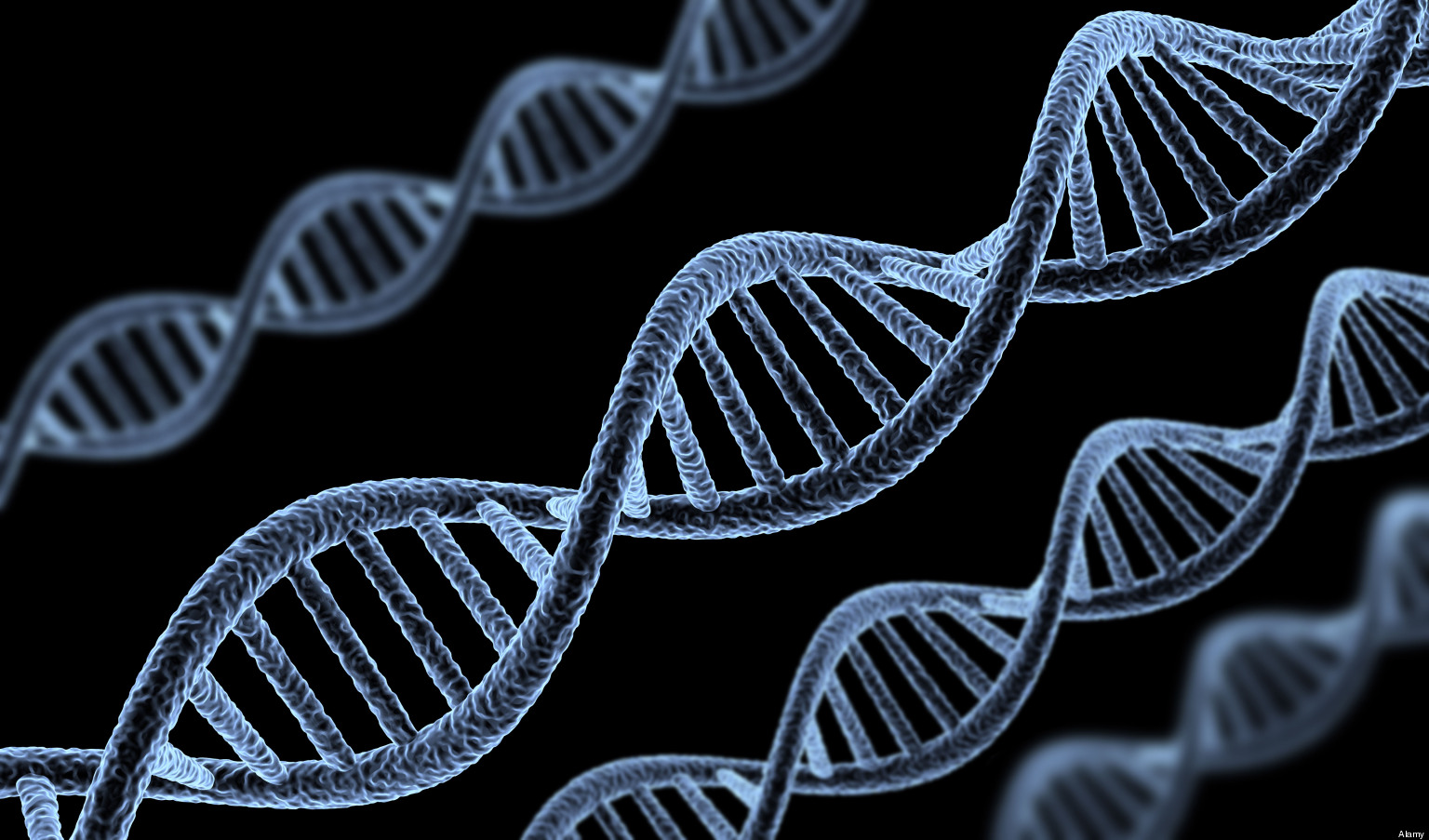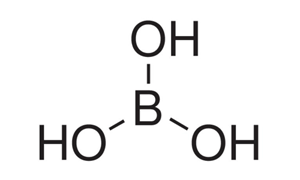Summary
The candidiasis infection is more commonly known as a yeast infection. It is caused by an overgrowth of yeast anywhere in the body. The infection most commonly occurs in warm, moist areas of the body as this is where yeast tends to thrive. The most well-known type is the vaginal yeast infection, but can also occur in babies in the mouth and diaper areas. The infection can also grow in the gastrointestinal tract and armpit. While candidiasis can be uncomfortable and irritating, it is very treatable.
Fact Table
| Formal binomial name of microbe: | Candida albicans |
| Gram stain (gram positive, gram negative or neither): | Gram Positive |
| Is the microbe mobile or immobile? | mobile |
| Primary habitat? (Where is the organism normally found or prefer to live?) | In the human body, specifically in warm, moist places |
| Can the organism infect humans? | yes |
| Can the organism infect other species? If so, which ones. | Yes, Dogs and birds |
| Documented cases of antimicrobial resistance? | Yes |
| Number of infections per year in the US | Unknown |
| Number of infections per year in the world | Unknown |
Description
Candidiasis is the most common type of yeast infection, which results from the overgrowth of yeast somewhere on the body. The microbe that causes this disease lives on all the surfaces of our body and under the right circumstances, usually a warm and moist environment, they become too numerous and cause an infection. There tends to be an increased rate of mouth yeast infections as adults get old and have things such as dentures, and it often occurs in the diaper areas on babies. However, it is most common to have an overgrowth in the vaginal region (Candidiasis Yeast Infection Facts).
A vaginal yeast infection is extremely common in women with 75% having at least one in her lifetime. There are many symptoms associated with this infection. These include burning, redness, and swelling of the vagina and vulva, pain or burning when peeing, pain during sex, a cottage cheese-like discharge, and itchiness. These symptoms will last until treatment methods are taken. Luckily, there are several ways to treat vaginal yeast infections (Vaginal Yeast Infections).
Treatment of yeast infections is a simple process that can cure the infection within a week if done correctly. The most important step is to see a doctor if you have never had one before to confirm that you have one because treating for a yeast infection if you do not have one can cause your body to become resistant to the medication over time. After going to the doctor, they will prescribe a single or short term pill for you to take that should wipe out the infection after 3-7 days. There is also some over the counter products that will wipe out an infection as well; the most popular brand being Monistat. Overall, a vaginal yeast infection is uncomfortable to have but very treatable to get rid of (Yeast infection (vaginal)).
News Articles

Immune-Related Gene Implicated in Chronic Candida Yeast Infection Risk
Chronic yeast infections occur when someone, usually women, gets an abnormally high amount of yeast infections every year. They are now linking this issue to having a particular version of the SIGLEC15 gene.

Candidiasis Clinical Trial Pipeline Highlights 2019
There has been new information added to the pipeline of highlights about Candidiasis. It has some promising results that may develop into some new therapies for the issue and many more innovations.

Can boric acid help with a yeast infection?
When normal treatments for yeast infections are not working, it can be a concerning time. However, there is a possible treatment called boric acid that can be used as a back-up method to possibly cure the infection.
“Candidiasis Yeast Infection Facts”; eMedicinehealth; https://www.emedicinehealth.com/candidiasis_yeast_infection/article_em.htm
“Vaginal Yeast Infections”; WebMD; https://www.webmd.com/women/guide/understanding-vaginal-yeast-infection-basics#1
“Yeast infection (vaginal)”; Mayo Clinic; https://www.mayoclinic.org/diseases-conditions/yeast-infection/diagnosis-treatment/drc-20379004